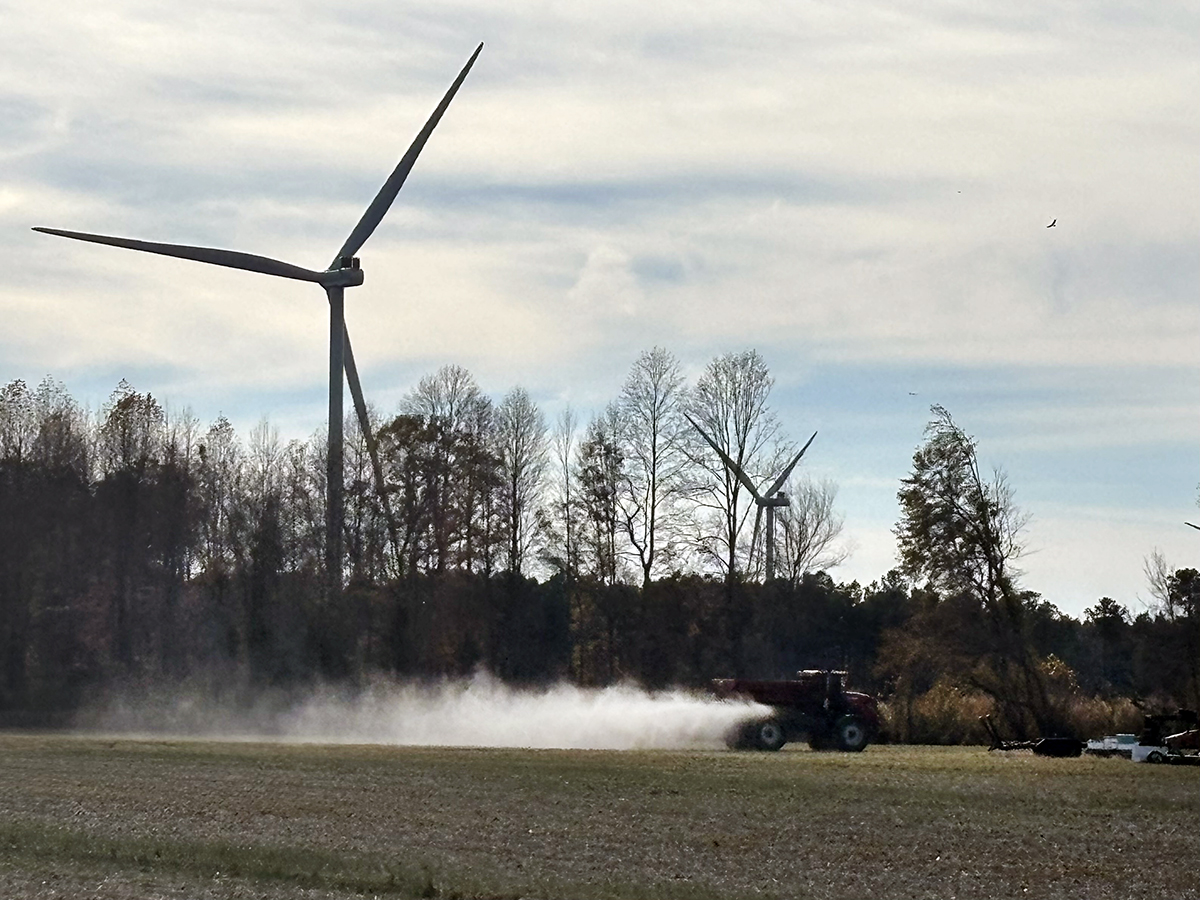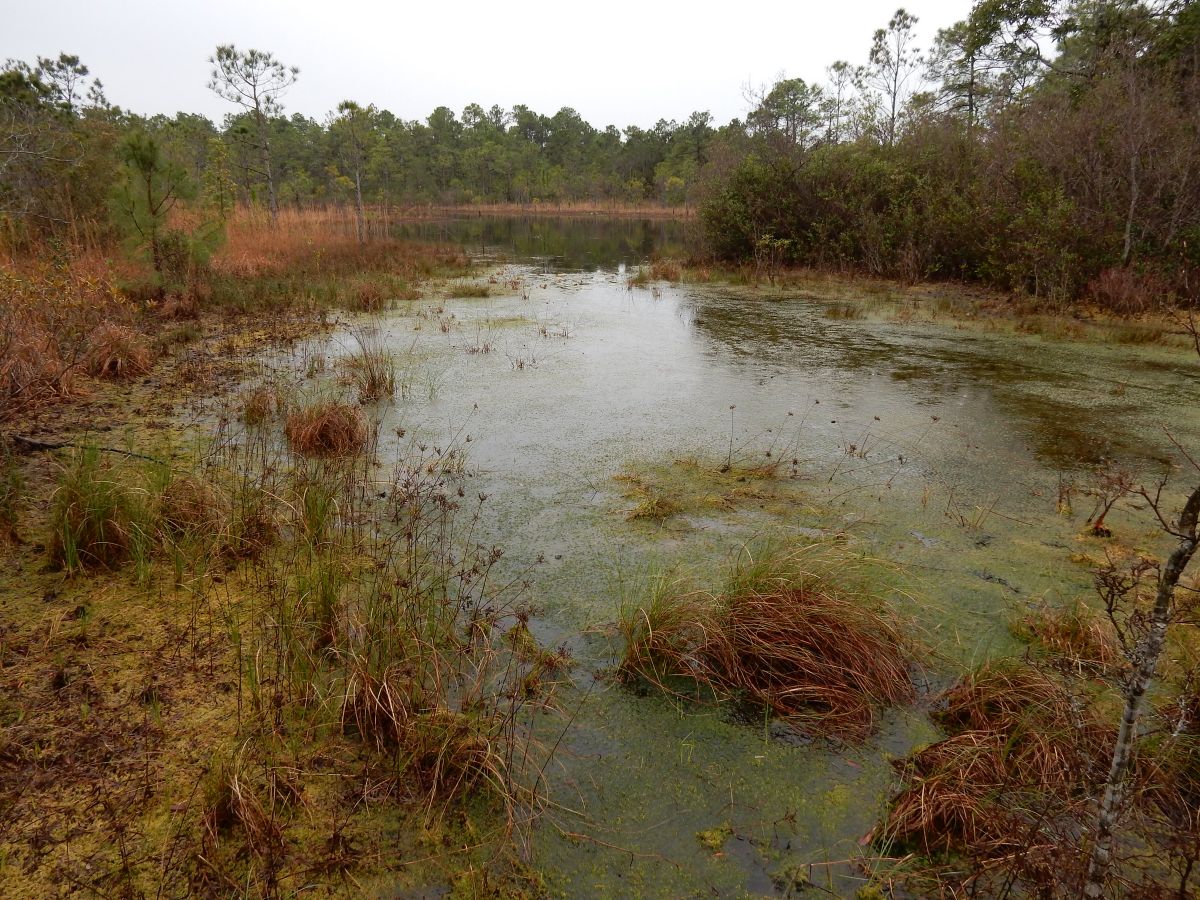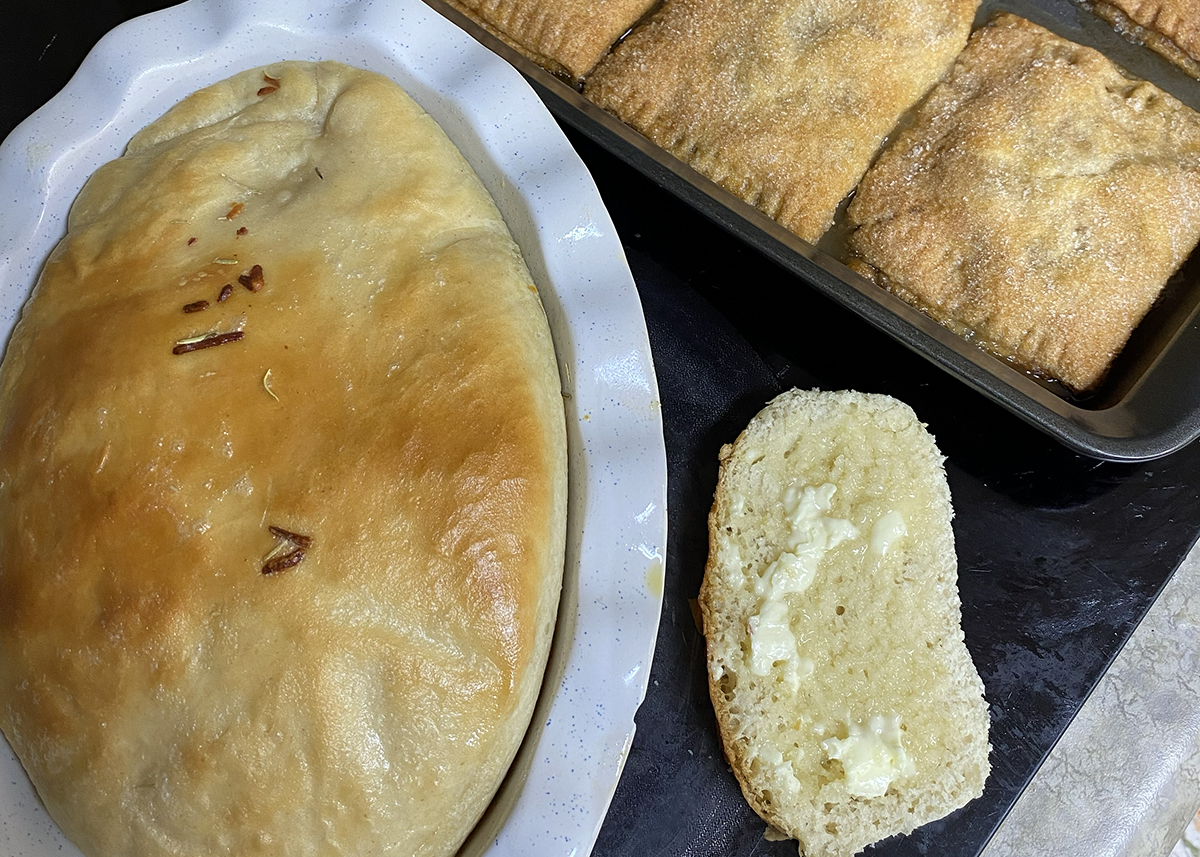
Gardening isn’t just about seeing things others miss, it’s also the scents. Isn’t it amazing how much our tastes change with the advent of fall?
Instead of the salads and light desserts we enjoy during hotter weather, our souls crave hearty soups and stews, carb-rich foods like breads, and the fruits of our summer labors.
Supporter Spotlight
Many people won’t notice the changes, or think much about them, and just go on with their normal lives. Gardeners and farmers, more attuned to the seasons, relish the ancient rhythms. Things are slowing down, preparing to catch their breath in order to gear up for next year.
Colors are switching from shades of green to browns and purples and oranges, yellows and burnt umber. Again, most people won’t pay much attention, but even the colors or our clothing reflect the changing of the seasons.
Our wind, from the south most of the summer, switches to north or northwest, bringing cooler temps and lessening humidity. Or occasionally northeast, bringing storms and setting schools of fish to running, hopefully insuring a bountiful catch for our commercial fishermen.
Fall scents, such as wood smoke or burning leaves, or applesauce or pear butter simmering fill the air. Ever notice how easily you can distinguish leaf smoke from any other smoke scent? Maybe it’s because the leaves have stored up a summer’s worth of sunshine and blue skies and they’re releasing it back into the air.
Grasshoppers are giving it their best effort, filling their bellies and in turn, feeding birds and lizards. Butterflies are slurping nectar from any available source like insects possessed, some preparing to over-winter here and some to migrate.
Supporter Spotlight
One of my fondest childhood memories is experiencing the Monarchs on their way to Mexico. We had a huge oak tree in our yard. I went out to play one day and the tree looked odd. Upon closer inspection, it was absolutely enveloped in Monarchs. Flexing their wings like they’d become tree leaves being stirred by the lightest of zephyrs, they were resting. Next day, they were gone. How crazy is it to think something as fragile as a butterfly can fly thousands of miles?
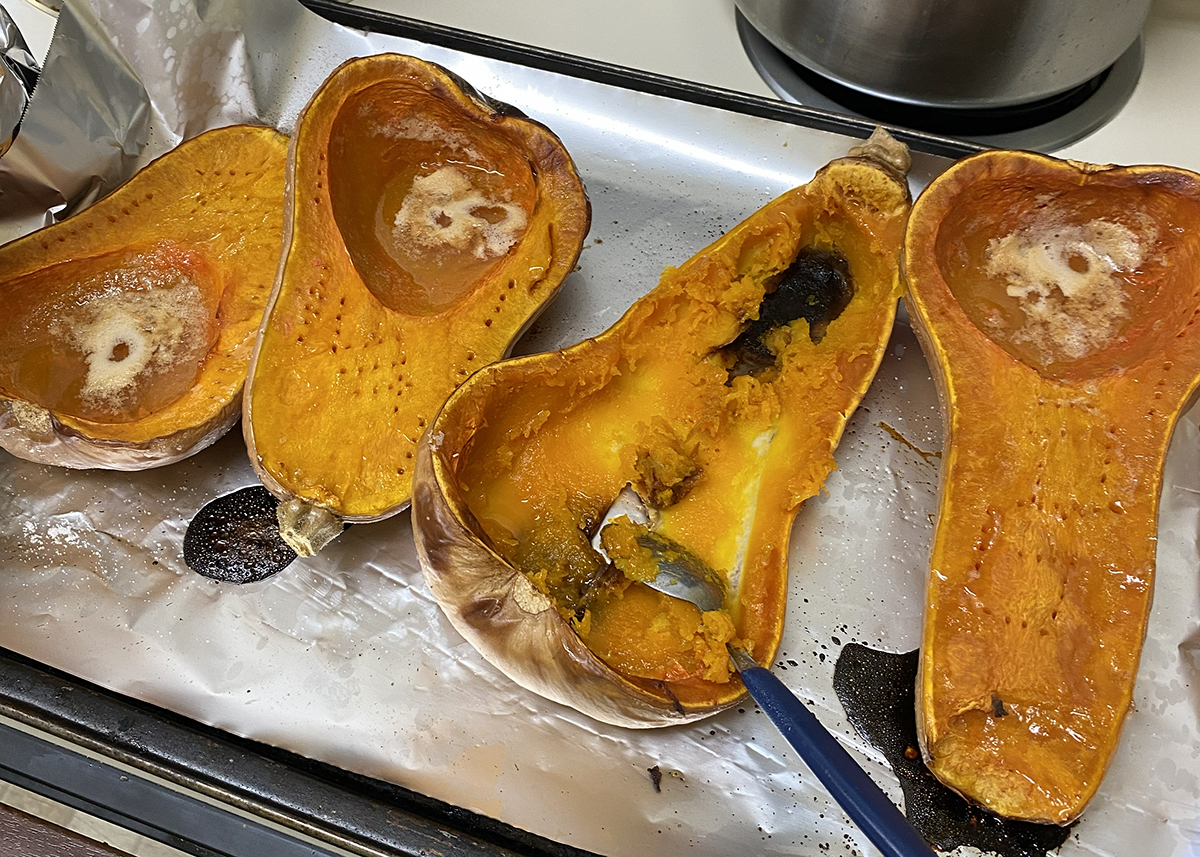
The heady scent of cinnamon and spices, of casseroles baking, of winter squash and collards and sweet potatoes, sets our bellies to rumbling. Winter squashes, such as butternuts, with their hard shells, don’t grow in the winter, they merely ripen closer to cool weather and will keep most of the winter.
Summer squash grow in the summer but their softer skins turn to moldy mush quickly. Winter squash, which include pumpkins and cushaws and spaghetti squash as well as butternuts have traditionally been grown as winter keepers, designed to stave off starvation when other, more fragile vegetables are nothing but a memory.
Like late apples and Kieffer pears, also utilized as winter keepers, winter squash provided vitamins and nutrition when little else, other than greens or onions and other root crops, was available from the garden.
Some enjoy the flies-on-the-screen-door scents of collards and cabbage cooking, others can’t stand them. Hopefully you’ve gotten your winter garden planted and off to a good start so your cabbage and collards will be ready to eat for Thanksgiving. Blessed with multiple growing seasons in a year, eastern North Carolina provides ample opportunity to space out our gardening.
Veggies like broccoli and greens love the cooler fall weather. Lettuces and spinach and brussels sprouts thrive this time of year, while trying them in the spring, depending on how quickly the weather turns hot, is often an iffy proposition. Turnips and rutabagas and even radishes do well now. All of these, even uncooked, have distinct smells.
Wonder if that’s how moths and butterflies, the ones that lay the eggs that turn into nasty little green caterpillars who like to eat our cole crops, locate their choice egg laying spots? Can insects smell? How do they locate suitable plants? Inquiring minds want to know!
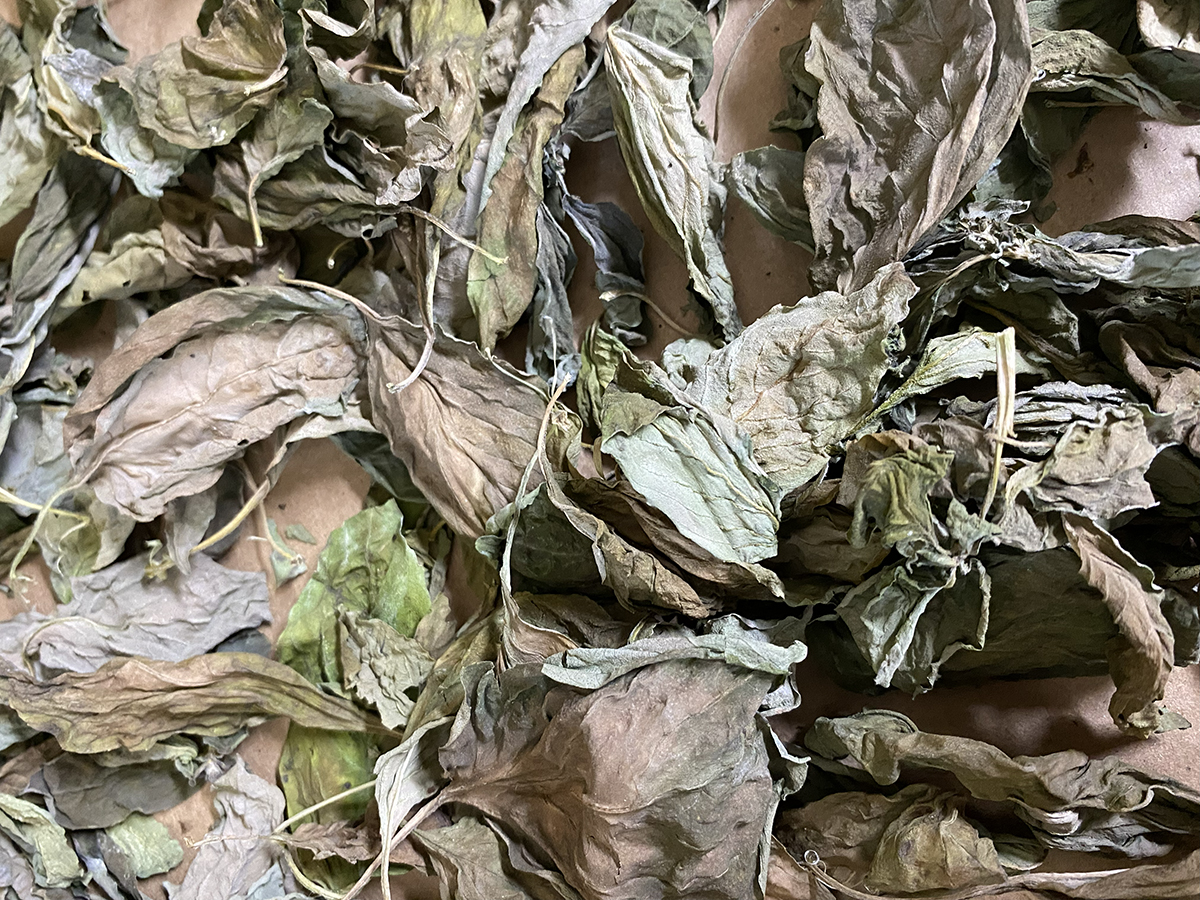
Ever noticed how even some seeds smell like the vegetables they will become? Carrots, for instance, with one whiff, there’s no doubt what they are. Some herb seeds are the same, dill being a favorite, and thyme. Queen Anne’s lace (Daucus carota), the wild ancestor of modern carrots, along with having gorgeous blooms, carries the distinct carrot aroma.
Mums are blooming, their scent as characteristic as that of marigolds or geraniums. The scent of freshly mown grass takes on more of a hay-like quality as the grasses go into winter mode.
If you have a suitable window, fresh herbs such as basil and dill will do fine inside for the winter. More cold hardy herbs, like parsley and rosemary, will be fine outside. Whether they’re fresh or dried, herbs smell wonderful. There’s nothing like a fresh baked loaf of rosemary-parmesan sourdough just out of the oven, and a big fat slice slathered in butter! Or fresh made applejacks/handpies/fruit pies.
Scents seem … more … during cooler weather, the way the stars are clearer and closer during the winter.
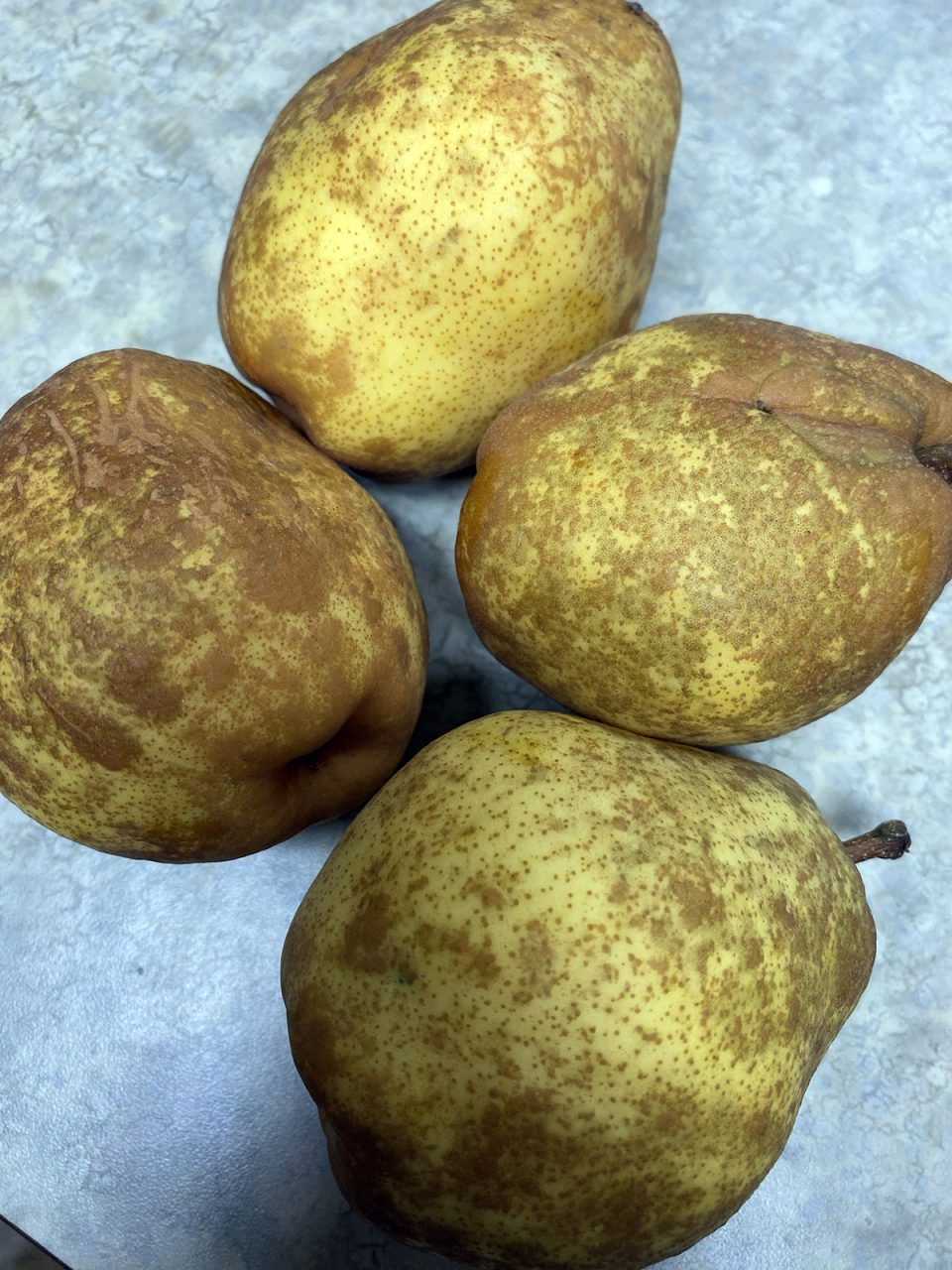
Scent is said to be the strongest of our senses, as far as memories go. Scent-triggered memories, the longest lasting and most particularly powerful of what our brains can conjure, can take us back to our childhoods or to any special memories with just one whiff. Cotton candy, anyone? Tobacco drying in a barn? Clothes hanging on the line? Rotten eggs? Grandpa’s pipe? Fresh-sawn lumber? A live Christmas tree? Pancakes and bacon, coffee and hot cocoa? A new box of crayons? Hay in a barn? Milk cows in a parlor?
How many memories just exploded from merely mentioning those scents?
Given the Scottish-Cherokee-Scots-Irish roots prevalent in our area, offering food is a time-honored gift. Differing circumstances led to all those ancestors of ours knowing firsthand about starvation. It’s often why the first thing that greets you — after the aroma of a home-cooked meal on the stove tantalizes your senses and sets your tummy to growling like a hungry dragon — is, “D’jeet yet? Come on in and set a spell.”




